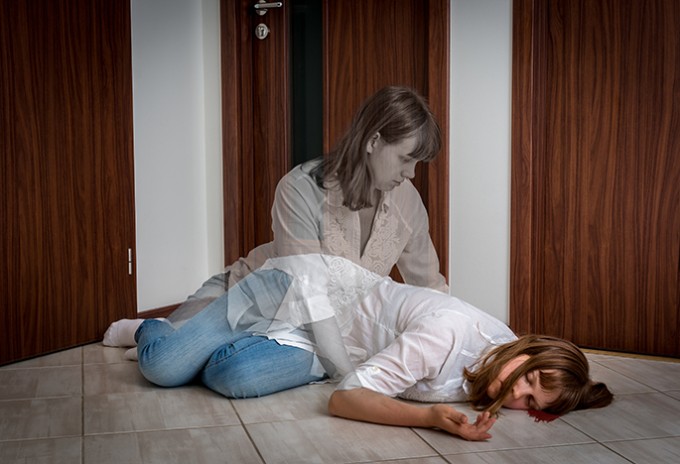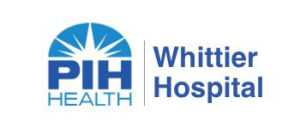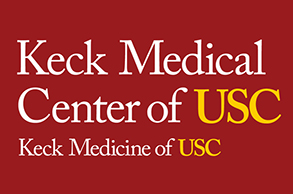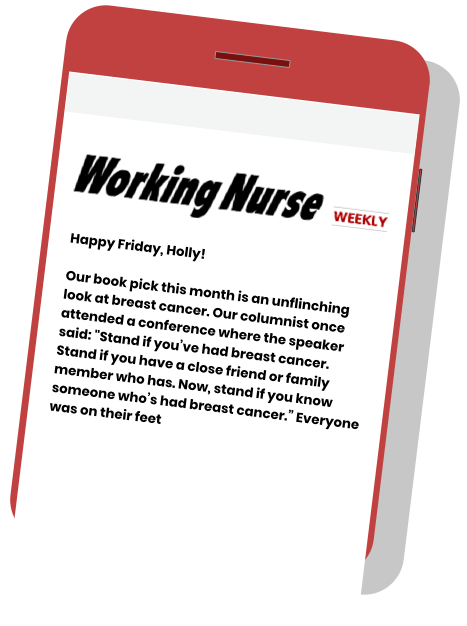Feature
Opioid Overdose: Keep Your Patient Alive, But Protect Yourself
Exposure to even a small amount of fentanyl can be fatal

Imagine that you’re home in bed late one night when there’s a frantic knock at your door. It’s your next-door neighbor, who says her daughter may have overdosed on opioid medication. She remembered that you were a nurse and hoped that you might be able to help.
Would you know what to do in this situation? If not, now would be a good to learn. In 2016, almost 2,000 Californians died of opioid overdose. Most could have been saved with prompt intervention. Knowing how to respond to a suspected overdose could save a life — and safeguard your health.
The Opioid Overdose Triad
Olivia Olmos, RN, MSN, ENPC, works in the ED of White Memorial, a busy hospital in the Boyle Heights area of downtown Los Angeles. Her unit sees a lot of overdose cases.
One of the first challenges of responding to an overdose is recognizing what you’re dealing with. When responding to a potential overdose case, Olmos explains, “We quickly go into detective mode in order to understand and pinpoint which medication is the root cause. As with any situation, there can be patients who do not respond to any tactile or verbal stimuli, which will require emergent intervention to maintain their airway and provide safe care.”
According to the World Health Organization (WHO), the “opioid overdose triad” includes unconsciousness, pinpoint pupils and respiratory depression. The latter is the principal cause of overdose fatalities and may manifest as slow or irregular breathing or respiratory arrest. This may be accompanied by cyanosis of the lips and nails.
Overdose patients may be delirious and extremely drowsy or completely unconscious. If the patient loses consciousness, it may be impossible to awaken them even with sternal rub. An overdose victim may also exhibit low blood pressure and reduced heart rate.
Common risk factors for opioid overdose include a history of substance abuse; depression; lung or liver disease; and taking opioid medication in combination with other sedatives such as benzodiazepine or alcohol. Although these factors seem straightforward, prescribers may not always check for them and patients are not always informed.
The higher the individual’s daily dose, the greater the overdose risk. Sadly, patients who have previously detoxified may be at elevated risk of overdose because their tolerance for the drug has decreased.
Overdose Treatment: Naloxone
Olmos recalls one overdose patient who was found lying in front of a liquor store. “The patient was unresponsive to any painful, verbal and motor stimuli and also presented with pinpoint pupils,” she says.
“At that moment, I was already thinking endotracheal intubation and Narcan because my thought and every nurse’s thought should always be airway. Because if you don’t have an airway, you don’t have a patient.”
Narcan is Adapt Pharma’s trade name for naloxone hydrochloride, an FDA-approved drug that can actually reverse opioid overdose. (Kaléo Pharma also manufactures naloxone under the trade name Evzio.) Naloxone is an opioid antagonist, binding to the body’s opioid receptors to block and undo the effects of opioid use. This reverses life-threatening symptoms like respiratory depression and bradycardia.
Between 1996 and 2014, naloxone saved more than 26,000 lives. Many were through administration by laypeople rather than healthcare providers or first responders. With increased public attention on the opioid epidemic, naloxone is now available without a prescription in California and many other states, making the drug much more accessible to the people who need it.
Call 911
Naloxone usually works very quickly, but it may not be effective for all types of opioid overdoses, including those involving buprenorphine. Some patients may need multiple doses of naloxone and might require subsequent doses over a period of up to 24 hours. Also, a patient with severely depressed respiratory function may still require CPR until their breathing returns to normal.













